The World Bank Group (WBG) and Maldives have had a trusted partnership for the past 40 years, which has seen tremendous growth and development in the country.
Over this period, Maldives has transformed from being among the poorest countries in the world to having a per capita GDP of over $10,000 and boasts impressive human development achievements, with a life expectancy of over 77 years and nearly 100% literacy.
However, vulnerability to environmental sustainability and climate change are among the challenges that the country faces.
To help respond to them, the WBG continues to work closely with Maldives to help realize the aspirations of its people through enhancing employment and economic opportunities , strengthening natural resources management and climate resilience, while improving public financial management and policy-making through strengthening institutions.
Here are five milestones of our engagement:
1. Joining the World Bank
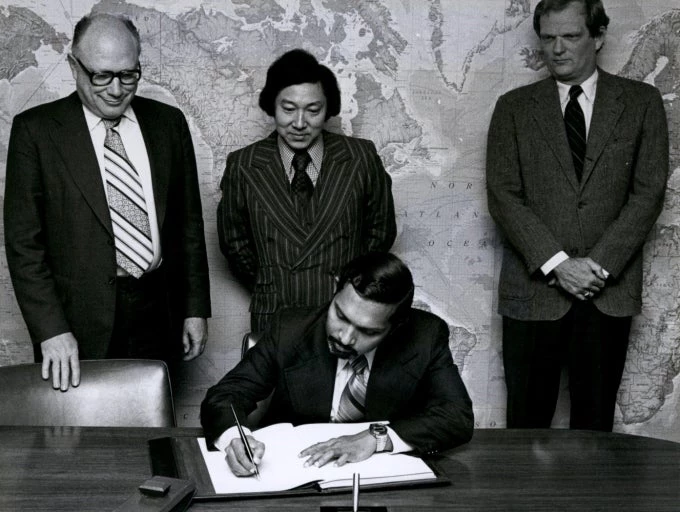
Photo Credit: World Bank Group Archives
On January 13, 1978, Maldives became the 131st member of the World Bank and the International Development Association (IDA), the fund that helps the poorest countries through interest-free credits.
The Articles of Agreements were signed by His Excellency Fathulla Jameel, Permanent Representative of the Republic of Maldives to the United Nations. At that time, Maldives had a GDP per capita of just over $200 and had achieved independence only 13 years prior.
2. First project signing
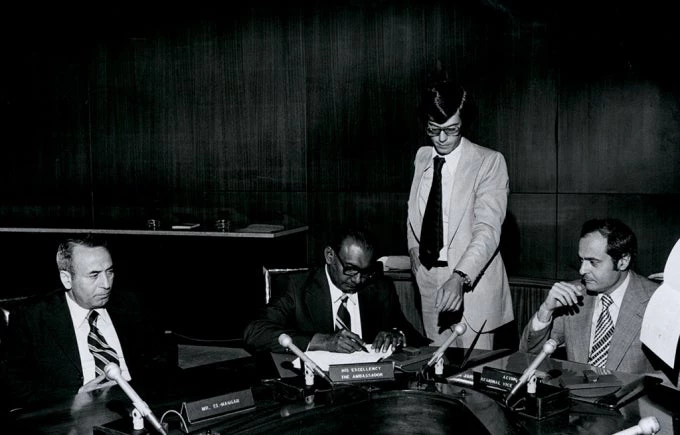
Photo Credit: World Bank Group Archives
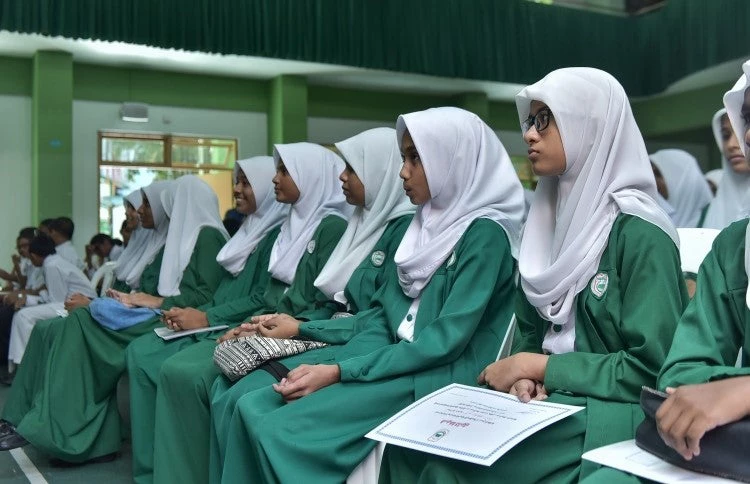
Photo Credit: Maldives Times
Approved in 1989, the $8.2 million Education and Training Project was the first World Bank project supporting the education sector in Maldives.
It helped expand and improve secondary education by broadening access and increasing the planning and management capacity of the Ministry of Education.
The project financed scholarships for young people to study overseas created Science Education Centers with fellowships and created secondary education opportunities in the atolls.
Since then, the World Bank has continued to be engaged with improving the access and quality of primary, secondary and tertiary education throughout the country, reflected in increasing levels of educational attainment and achievement.
4. Emergency support for tsunami recovery
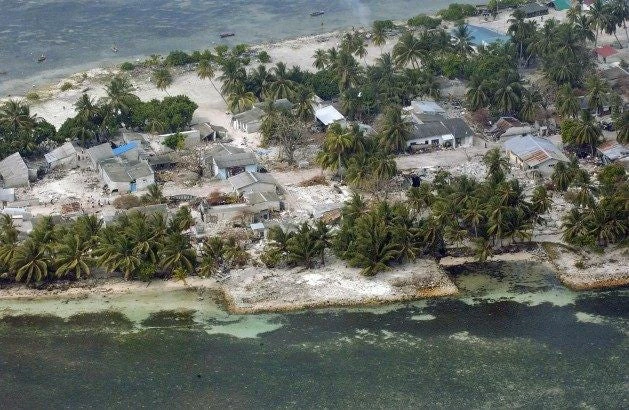
An aerial view of the Village of Kolhuvaariyaafushi, Mulaaku Atoll, the Maldives, after the Indian Ocean Tsunami. Credit: UN Photo/Evan Schneider
The World Bank helped the people and Government of Maldives rebuild lives affected by the destructive 2004 Indian Ocean Tsunami through an emergency rehabilitation and reconstruction program.
Working with the Ministries of Finance and Treasury, the emergency relief and reconstruction project helped restore livelihoods though distributing cash grants to 50,000 affected households , provided education to displaced people and enhanced technical skills for the government to more effectively implement other post-tsunami reconstruction programs.
The program also demonstrated how the Bank can convene with other partner and provide emergency support on a combination grant and credit basis through establishing and administering the Tsunami Relief and Reconstruction Fund (TRRF).
5. Preserving and managing the environment
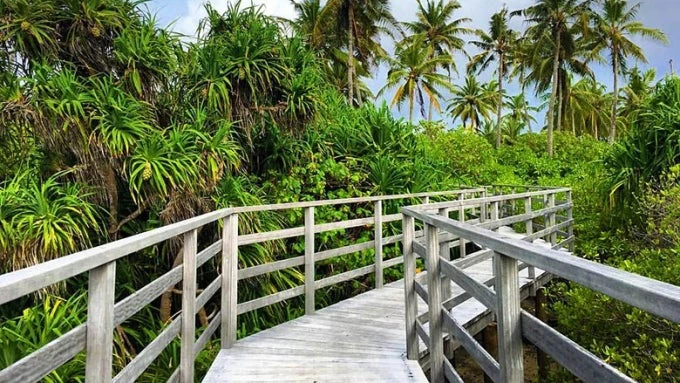
Photo Credit: World Bank
In 1993, the World Bank supported the Government of Maldives to develop a National Environment Action Plan with the aim of helping Maldivians maintain and improve the environment of the country, and to manage the natural resources for the benefit and enjoyment of present and future generations.
The protected areas include the marine area contained within the Exclusive Economic Zone. Since then, the World Bank has continued supporting the preservation and management of the natural environment of the Maldives through technical and lending support as the country contends with increasing population, tourism and solid waste management.
Now and Toward the Future…
The current active portfolio of the World Bank in the Maldives consists of 4 projects amounting of $82 million. Areas of support include fisheries, solid waste management, renewable energy and public financial management. The portfolio is supported by three IDA investments and one guarantee; as well as one investment supported by a trust fund from the Strategic Climate Fund - Scaling up Renewable Energy Program.
Moving forward, the World Bank Group plans to continue providing greater integrated support to strengthen Maldives’ fiscal sustainability, preparedness and resilience to natural disasters, and human capital development as the country continues to reduce poverty and increase prosperity for its people.
Over this period, Maldives has transformed from being among the poorest countries in the world to having a per capita GDP of over $10,000 and boasts impressive human development achievements, with a life expectancy of over 77 years and nearly 100% literacy.
However, vulnerability to environmental sustainability and climate change are among the challenges that the country faces.
To help respond to them, the WBG continues to work closely with Maldives to help realize the aspirations of its people through enhancing employment and economic opportunities , strengthening natural resources management and climate resilience, while improving public financial management and policy-making through strengthening institutions.
Here are five milestones of our engagement:
1. Joining the World Bank

The Articles of Agreements were signed by His Excellency Fathulla Jameel, Permanent Representative of the Republic of Maldives to the United Nations. At that time, Maldives had a GDP per capita of just over $200 and had achieved independence only 13 years prior.
2. First project signing

Maldives signed its first project to help increase fisheries production with the World Bank on June 4, 1979.
The project helped mechanize fishing craft, established repair centers, and installed navigational aids to increase the safety of fishing operations.
Those present for the signing from left to right, Said El-Naggar, Executive Director of the World Bank for Maldives, His Excellency Ahamed Zaki, Ambassador and Permanent Representative of Maldives to the United Nations, and Robert Picciottto, Projects Director for South Asia.
3. First education project

It helped expand and improve secondary education by broadening access and increasing the planning and management capacity of the Ministry of Education.
The project financed scholarships for young people to study overseas created Science Education Centers with fellowships and created secondary education opportunities in the atolls.
Since then, the World Bank has continued to be engaged with improving the access and quality of primary, secondary and tertiary education throughout the country, reflected in increasing levels of educational attainment and achievement.
4. Emergency support for tsunami recovery

Working with the Ministries of Finance and Treasury, the emergency relief and reconstruction project helped restore livelihoods though distributing cash grants to 50,000 affected households , provided education to displaced people and enhanced technical skills for the government to more effectively implement other post-tsunami reconstruction programs.
The program also demonstrated how the Bank can convene with other partner and provide emergency support on a combination grant and credit basis through establishing and administering the Tsunami Relief and Reconstruction Fund (TRRF).
5. Preserving and managing the environment

The protected areas include the marine area contained within the Exclusive Economic Zone. Since then, the World Bank has continued supporting the preservation and management of the natural environment of the Maldives through technical and lending support as the country contends with increasing population, tourism and solid waste management.
Now and Toward the Future…
The current active portfolio of the World Bank in the Maldives consists of 4 projects amounting of $82 million. Areas of support include fisheries, solid waste management, renewable energy and public financial management. The portfolio is supported by three IDA investments and one guarantee; as well as one investment supported by a trust fund from the Strategic Climate Fund - Scaling up Renewable Energy Program.
Moving forward, the World Bank Group plans to continue providing greater integrated support to strengthen Maldives’ fiscal sustainability, preparedness and resilience to natural disasters, and human capital development as the country continues to reduce poverty and increase prosperity for its people.


Join the Conversation